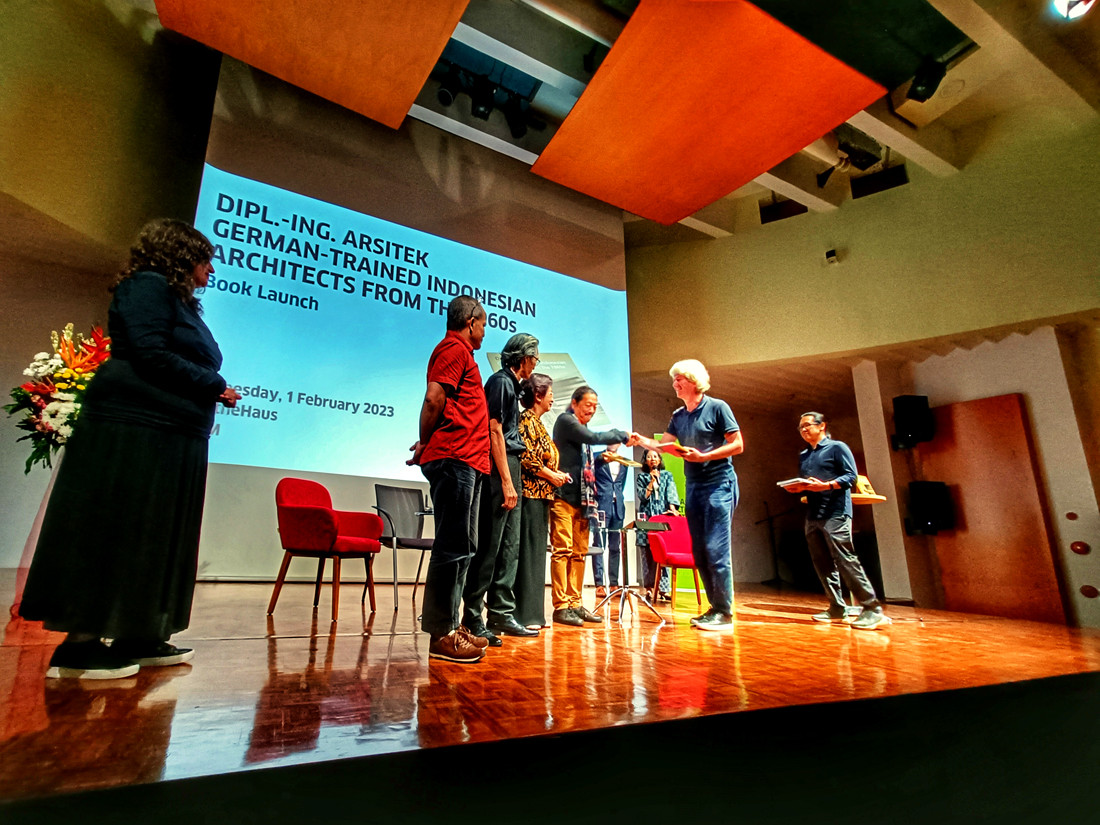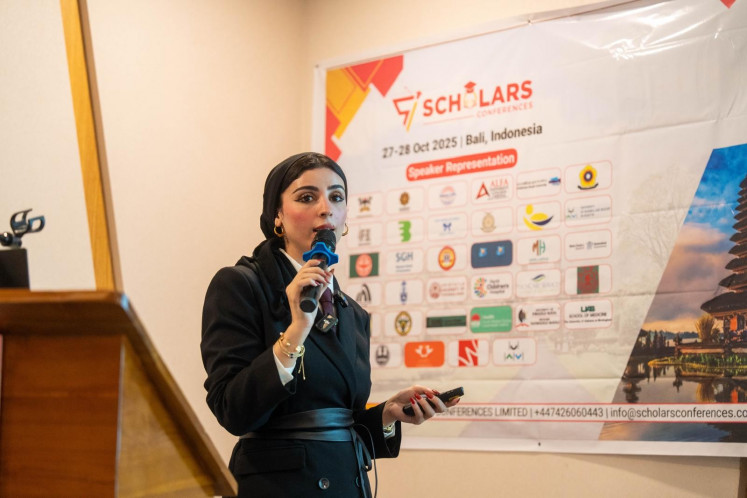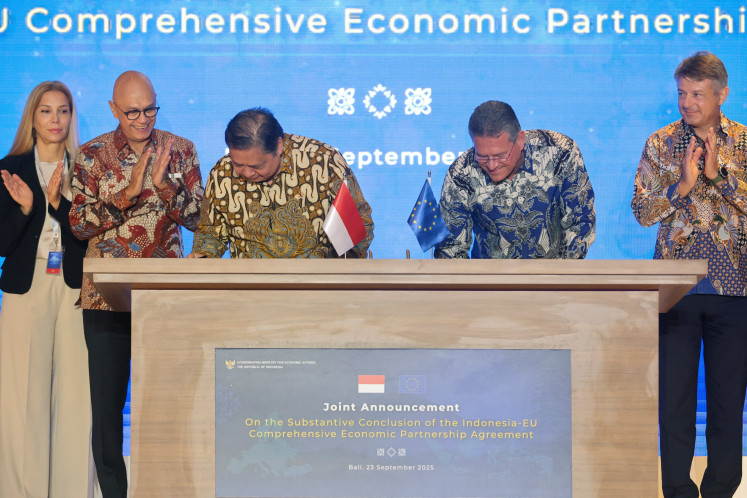Popular Reads
Top Results
Can't find what you're looking for?
View all search resultsPopular Reads
Top Results
Can't find what you're looking for?
View all search resultsThe history behind German-trained Indonesian architects of the 1960s
Change text size
Gift Premium Articles
to Anyone
A
German-Indonesian team traced 12 German-trained Indonesian architects of the 1960s and wrote about their awe-inspiring life and works.
The 1960s marked an important milestone in Indonesia’s architectural history. Having achieved national unity and positive economic growth after independence, the country was aggressively building new infrastructures and public facilities at that time. Many of these buildings were designed by Indonesian architects that studied in Germany.
Drawing from the Neues Bauen (New Building) movement in West Germany, these young architects designed many important landmarks and institutional buildings in Jakarta, marking the era of modern Indonesian architecture.
In tribute to these architects, an Indonesian-German team, which also consists of architects, wrote a book titled Dipl. Ing. Arsitek: German-trained Indonesian Architects from the 1960s.
Dipl. Ing. refers to Diplom-Ingenieur Architektur, a certificate obtained by architecture students in Germany upon successful completion of their studies.
The team was helmed by Berlin-based German architects Moritz Henning and Eduard Kögel.
“It is important to be aware of the history and to learn from the things that the previous generations did,” Henning said during the interview with The Jakarta Post after the book launch at the GoetheHaus, Jakarta, on Feb. 1. “That’s one of the main reasons we’ve made the book.”



















